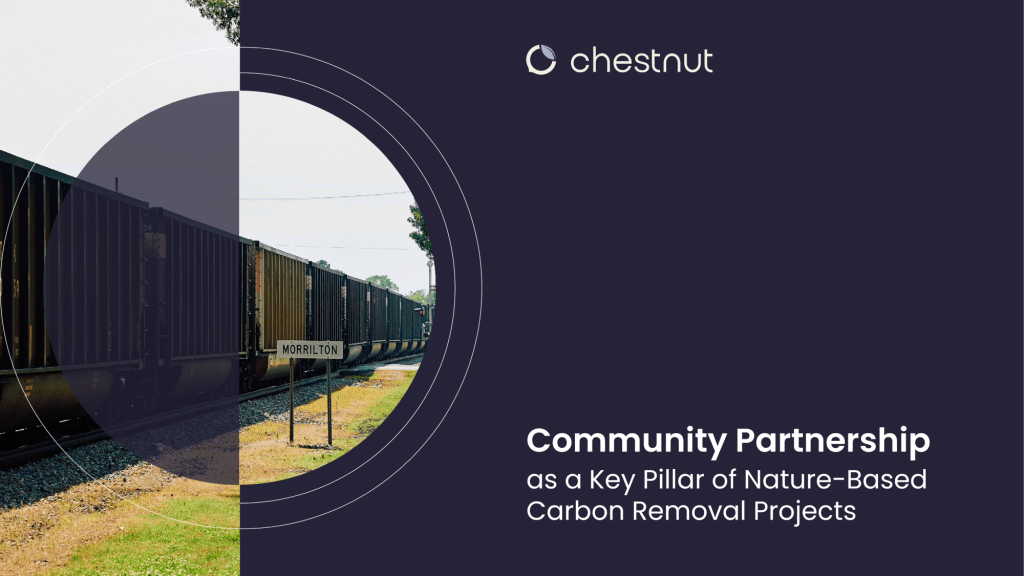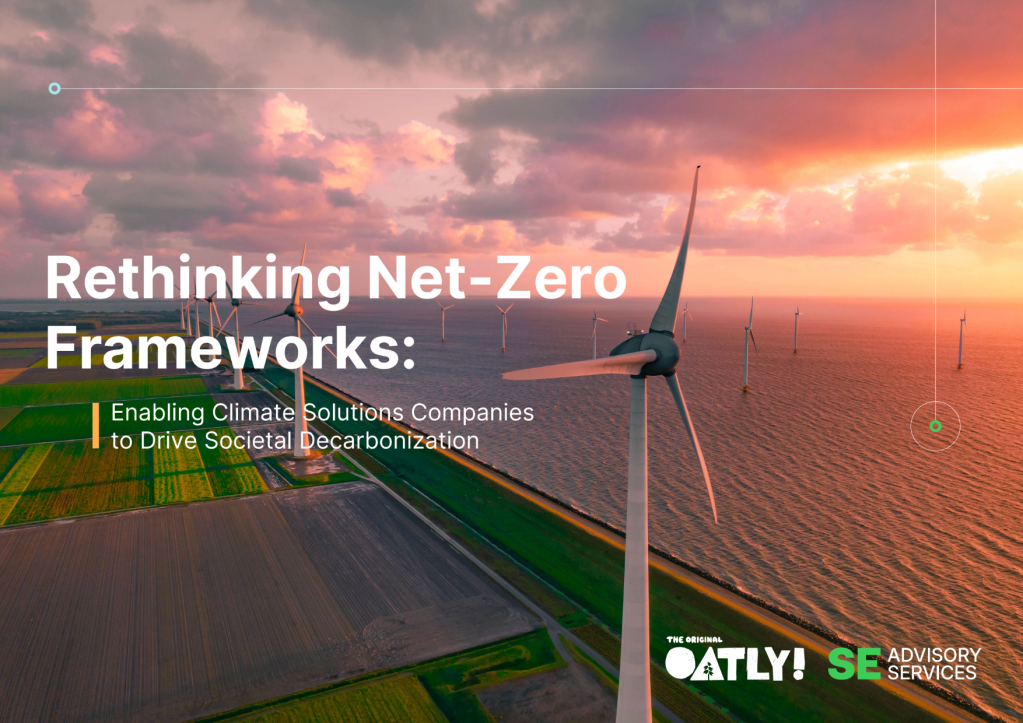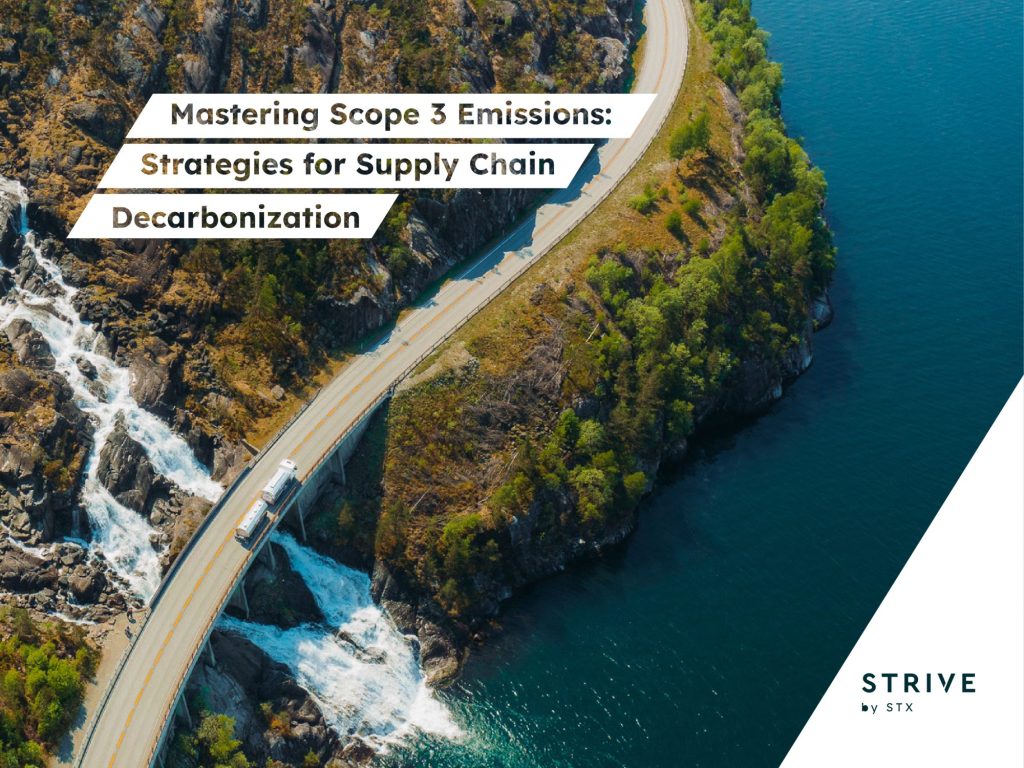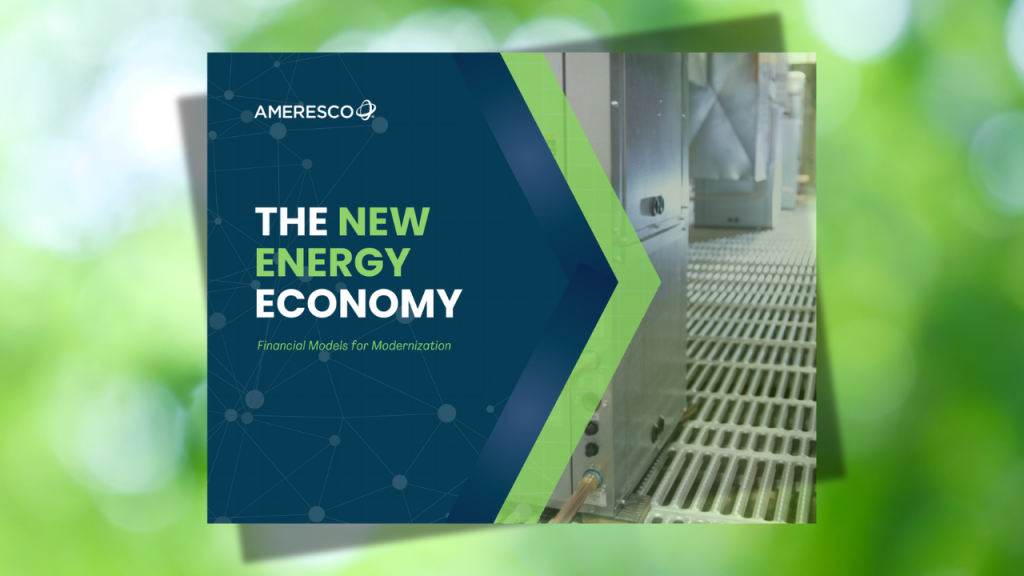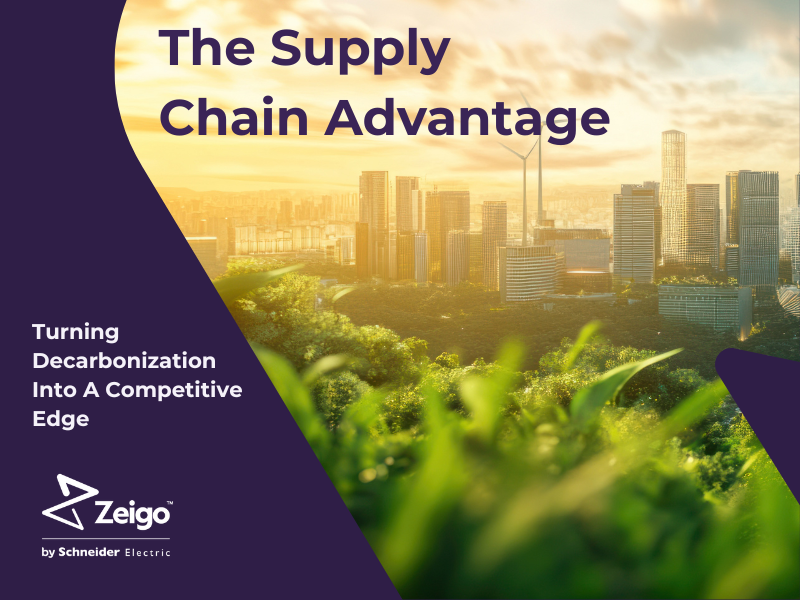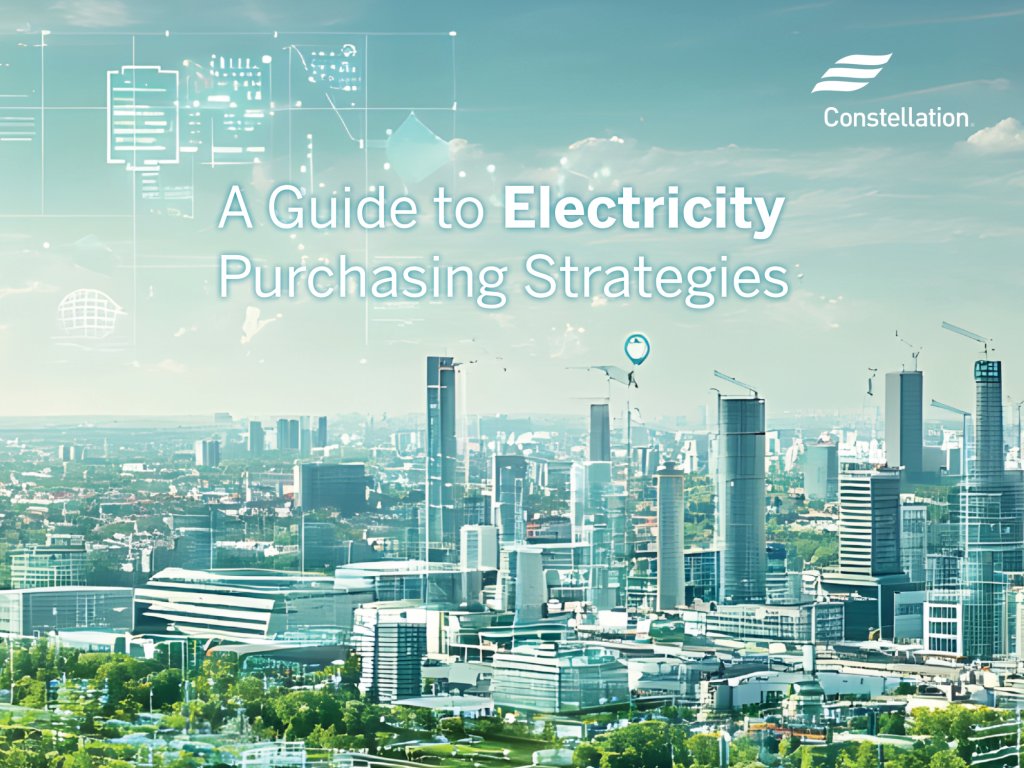Why sustainability pros hate net present value
Some say this calculation biases investment decisions against sustainability. Read More

We need a new business language to talk to about the future. Not just because we are moving into new territory, with new business models and opportunities, but because how we talk about things affects how we think about things. So if we want to think about things differently, there’s a strong argument for talking about them differently as well.
Let me back up a little.
Small talk being what it is, I get asked this question a lot: What did you study to get into this line of work? My answer tends to take people aback: “Well, my undergraduate was in philosophy, but then I trained as an accountant.”
Yes, later I did get a more relevant masters degree. Yes, I do like that answer because it’s both true and a little weird, but both have turned out to be a great grounding for thinking about sustainability and the future. Talking and thinking about net present value is an interesting place where they intersect.
A quick primer on undergraduate second year logical philosophy: We often assume that the function of language is to put names on things that we experience in the world, such as a book, chair or table, and the relationships between them. In that case, the difference between languages would be different words for the same things. When you study languages, however, you find that there isn’t a universal structure of language.
For example, different languages treat colors differently, such as not distinguishing between blue and green or treating colors as adjectives or verbs. Philosophers therefore have argued that the way that the language you use treats things affects how you perceive the world. So if your language doesn’t distinguish between blue and green, then neither can you. Neuroscientists now also show this to be the case. One study found that “linguistic representations normally meddle in even surprisingly simple objective perceptual decisions.”
The significance of this is that rather than language reflecting what we see in the world, the language we use will often shape what we see.
I grappled with those concepts as a second year philosophy student. A few years later as a second year accountant, I had my first encounter with that sustainability bugbear, the net present value (NPV) calculation. For those who didn’t spend interminable weeks being made to manually calculate NPV, they estimate costs forward into the future and then use a discount rate to account for the time value of money, in order to calculate the total value of the project today.
Sustainability is about meeting the needs of both current and future generations, whereas NPV says that the time value of money means that the cost or benefit in the far future (beyond about five years) isn’t worth much to decision-makers today. This is at the root of poor decision-making for sustainable outcomes, because it discounts what happens in the future. And this is before we even factor in how badly NPV deals with resource price volatility and other uncertainty. So broadly speaking, finance people like NPV for its usefulness in decision-making, while sustainability folks hate NPV because of its poor treatment of the future.
Now to bring these two things together and to get to my point about language. If language shapes the way that we see the world, this suggests that finance directors may like NPV because it’s a useful tool for calculation, but also that it’s shaping how they actually view the future.
The future looks like today to them because that’s what CPA and MBA courses taught them, and that it’s heavily discountable. So it’s not just that NPV is unhelpful from a sustainability calculation perspective, but that even more problematically, it’s shaping the thought processes of key stakeholders to bias them against sustainability.
If this bit of speculation is correct, then the barrier we’re facing in the dominance of NPV and similar cultural tools in decision-making isn’t just procedural, it’s deeper than that — and harder to overcome.
At Forum for the Future, we describe our work using a six-step change curve, and it’s easy to get enticed by the exciting things that happen at the middle of the curve — the pioneering practice, the tipping points and so on. But the first step on the curve, “experience the need for change,” is really fundamental, and for some, not easy. But if we want to create significant change, we can’t skip this step.
What can be done? The first step is start exposing your finance colleagues to some of your thinking about the future, include them in those conversations before you ask for an investment decision. Help them understand why tomorrow doesn’t look like today, why costs aren’t linear and why substantial threats are coming for the business model. Don’t preach to them, and don’t ask them to let go of their financial models just yet, but put in the groundwork so they eventually will want to do it themselves. We need to work with them to find a common business language for the future.
Calculator image by ZQFotography via Shutterstock.

Subscribe to Trellis Briefing
Featured Reports

The Premier Event for Sustainable Business Leaders


